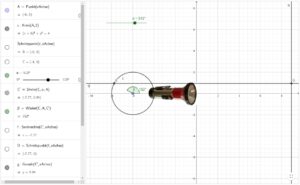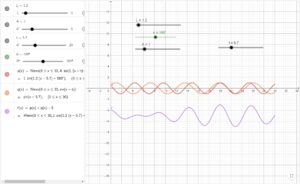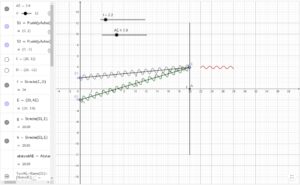Unit 1: Introduction into Interferometry
1.1 A short History of Light
|
Isaac Newton (1643-1727) states that light is composed of tiny particles (corpuscles) of different color properties that are ejected from a light source and propagate in a straight line as long as they do not encounter any obstacles.
|
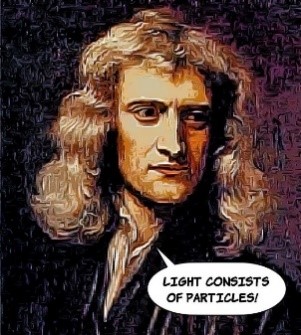 |
|
Christiaan Huygens (1629-1695) compared the processes of propagation, reflection and refraction of light with those of waves on a water surface.
|
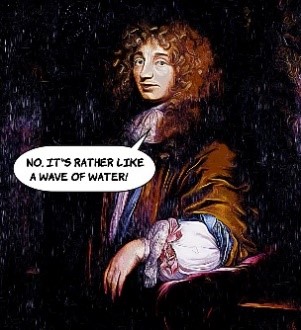 |
|
James Clerk Maxwell (1831-1879) stated that light is an electromagnetic wave.
|
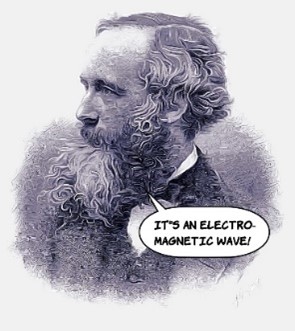 |
|
Albert Einstein (1831-1879) found out that the energy of a light is contained in localized portions of size h·f, the light quanta or photons.
|
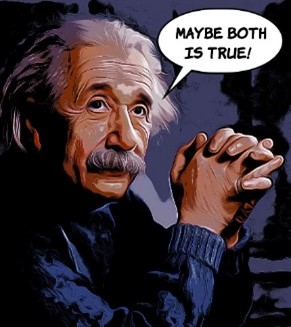 |
Task 1.1
Name the characteristic quantities of a wave.
Task 1.2
Design your own wave by using the following worksheet!
1.2 Light + Light = Darkness?
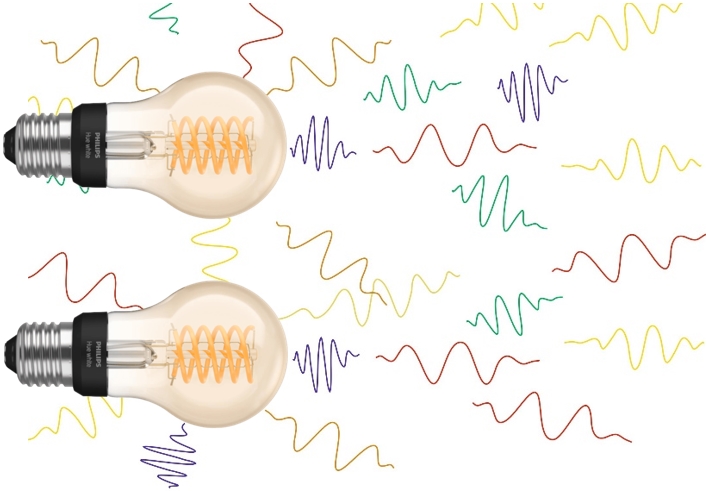
Superposition of the light of two lightbulbs:
- Only short wave trains of different wavelengths (colors) are emitted.
- In the human eye, many of these wave trains mix and create a “medium” color impression of the lightbulb.
- The wave trains are too short to superimpose for a long time.
- Wave trains can’t cancel out themselves.

Superposition of the light of two lasers:
- Very long wave trains of (nearly) one wavelength are emitted (coherent light).
- The wave trains are long enough to superimpose for a long time (Interference).
- Wave trains can amplify or cancel out themselves.
Task 1.3
Open the following worksheet and vary the different parameters with the sliders. Observe how the changes affect the superimposed wave.
1.3 Double Slit Experiment (Thomas Young, 1802)
In 1802, Thomas Young conducted experiments to prove the wave nature of light. Young did not yet use the classic double slit design, but instead cardboard cards with which he divided a beam of light. The following figure shows a double-slit setup using a laser as the source. A typical interference pattern can be seen on the right.
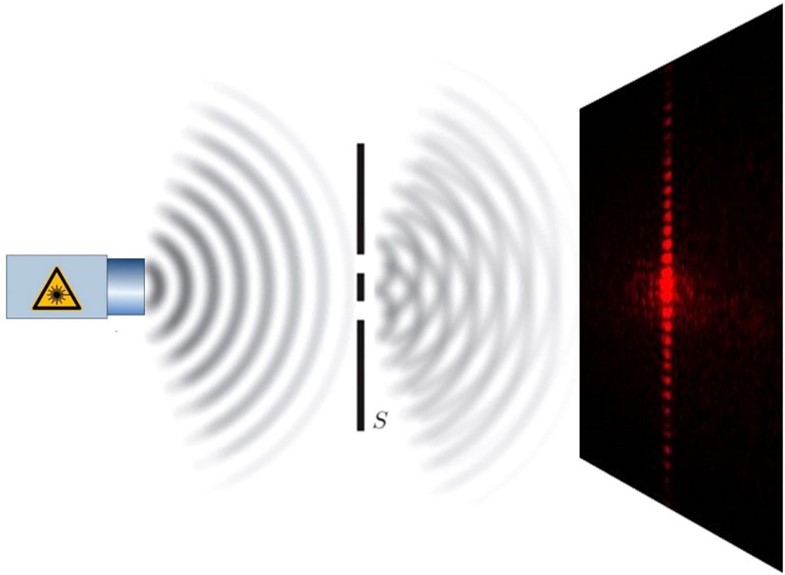
Task 1.4
Using the following worksheet, investigate how the two waves from the two columns S1 and S2 superimpose on the screen. The superimposed wave is shown in red. Pay attention to its amplitude.
